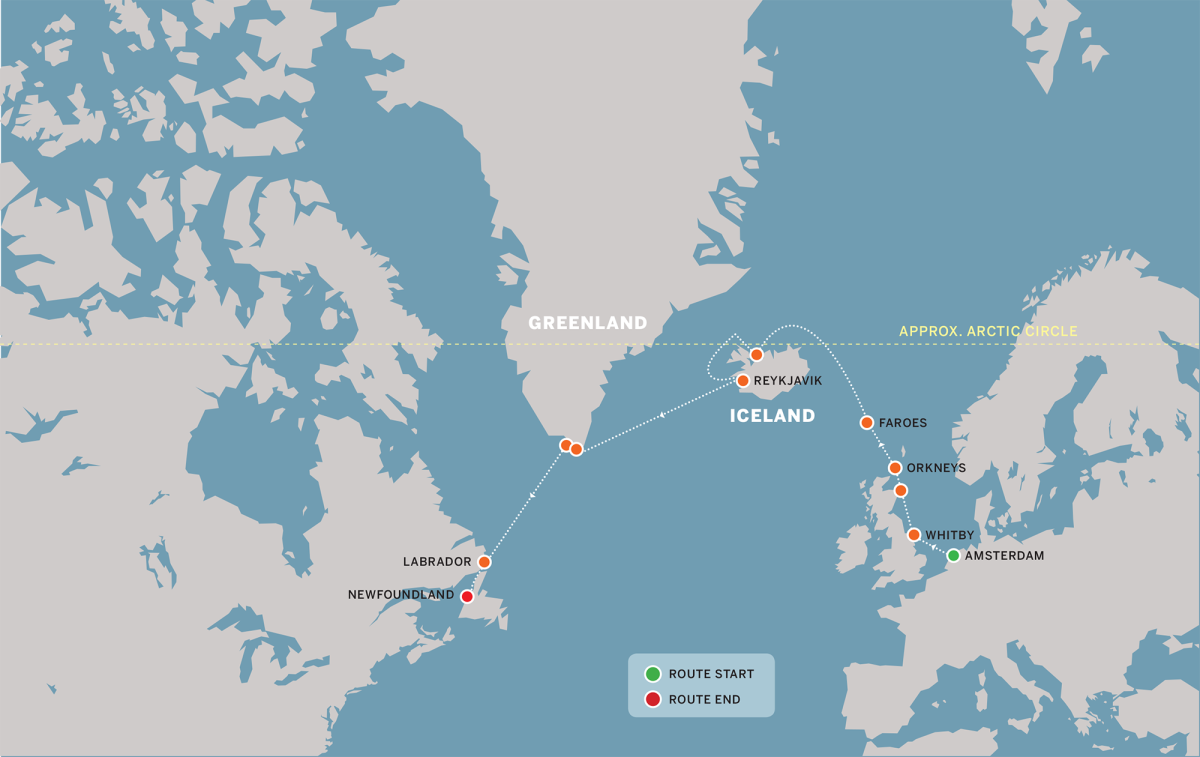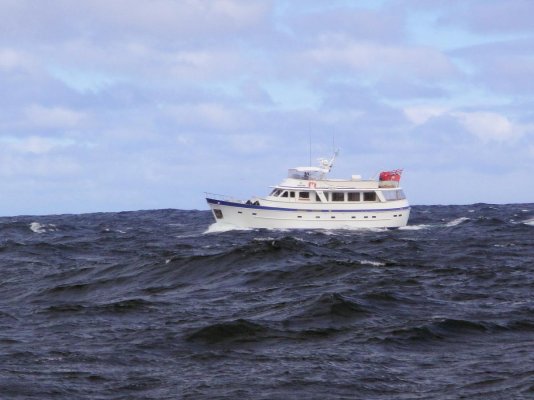300k is a tough one if your thinking of charter work plus ocean crossing.
We have a Cheoy Lee 66 which is pretty much capable of most stuff except high latitude work. The CL66's were crossing oceans long before Nordhavn invented the ocean capable boat.

Some qualities they possess include,
Simple rugged engines (Screaming Jimmies in my case)
Large full headroom engine room, 2 gennies, lots of tankage for fuel, water and waste.
Built like little ships. Commercial grade bits. Proper berthing for 10.
Before anyone goes nuts on the Detroits re fuel consumption, the figures we regularly and reliably get are max speed 13 knots, no idea how much fuel that uses, lots I guess.
10 knot cruise, 37lph (10 gallon per hour for the Yanks among us )
7.5 to 8 knots this is our typical cruise speed approx at 1000 to 1100 rpm, at this cruise we return 22lph, just under 6 gph. This included genny burn as well.
Given we have a lot of livable room and seaworthyness it's not too bad.
Prices for early models are just in your range. Early flat sheer boats are not as pretty, however the post 1983 boats had more sheer which looks better.
I personally would cross the charter bit off your list, mainly because you rarely make money and a boat should be in survey for charter work which costs.
Also it opens up a much larger range of boat to choose from.
We have 4 people living on board our 66 and it works well for us.
If it's just one or two of you a Nordy 46 is hard to beat. Just a bit slow for me.
Here a pic of us in the Southern Ocean off the bottom of Tasmania. Naiad's are our best friend down here.
Click on this if you need some inspiration.
https://www.nzonscreen.com/title/before-the-operations-begin-1999
Bravado is our exact sistership built and fitted out in the same year.


